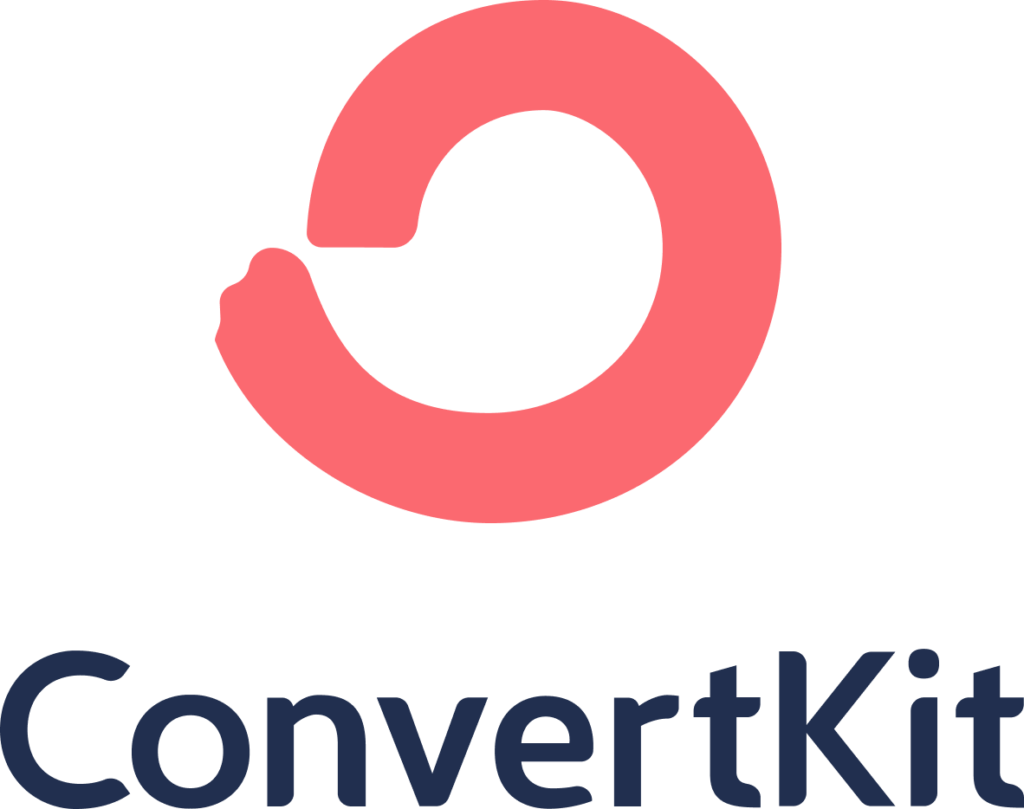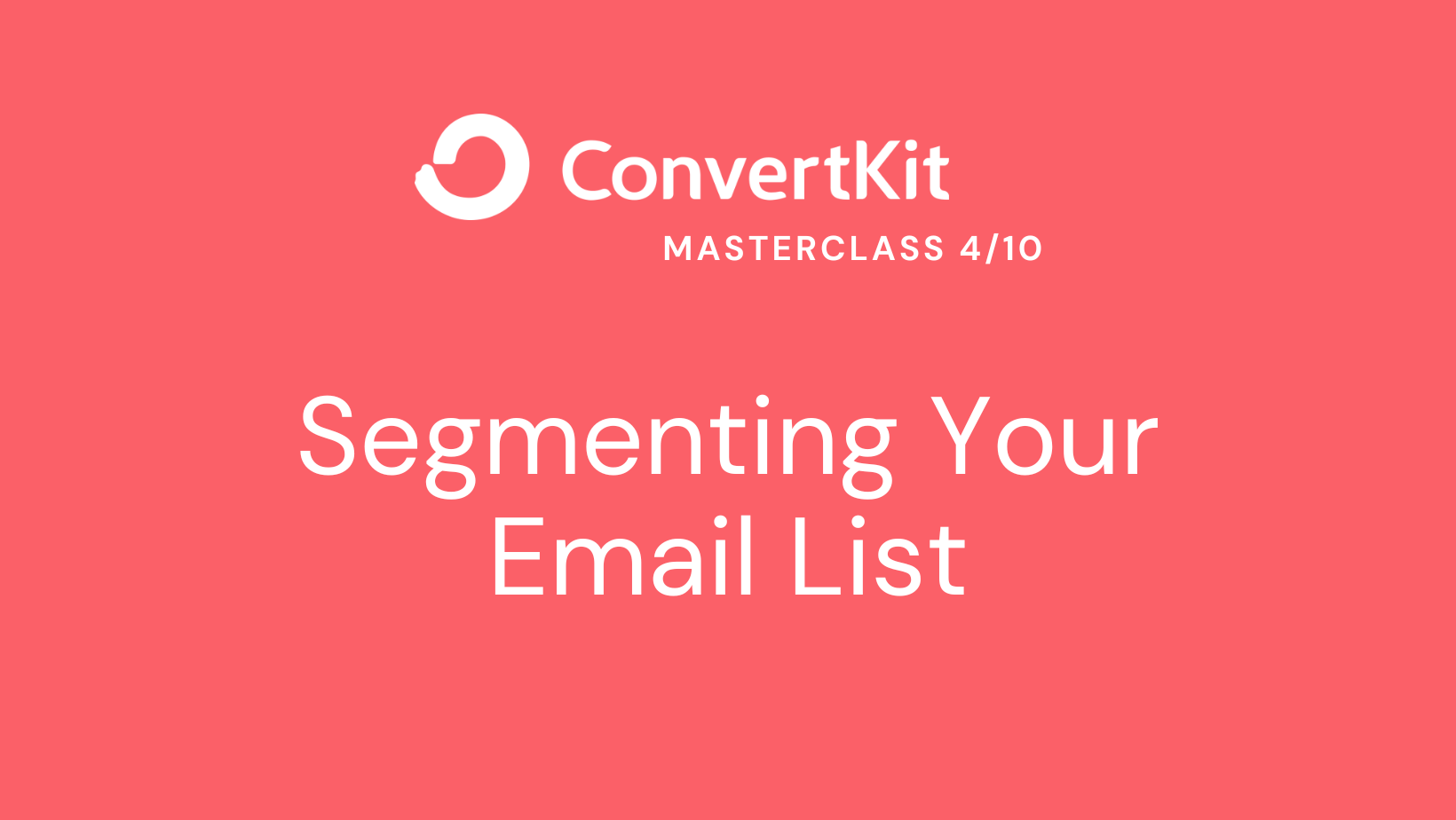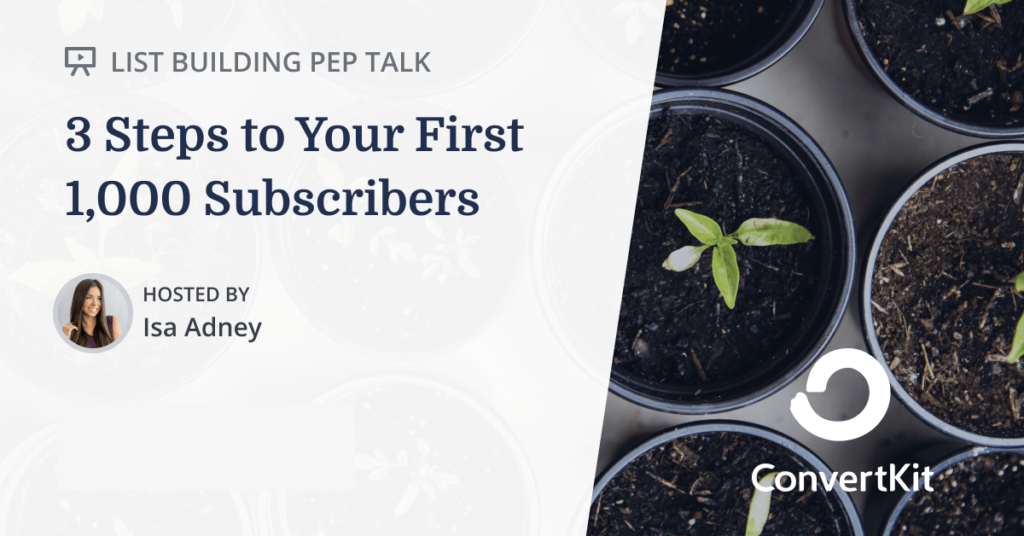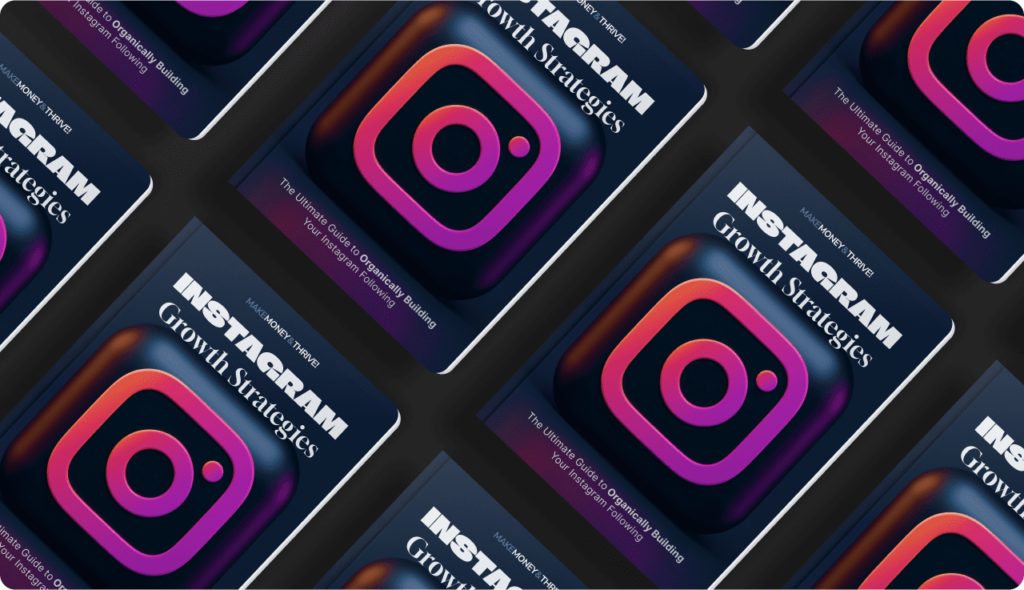As a marketer, you want to send relevant messages to your subscribers to keep them engaged with your brand. One way to achieve this is by segmenting your email list. With Convertkit, segmenting your email list is easy, and in this post, we’ll share some best practices to help you get started.
- Define Your Segmentation Criteria
- Use Tags and Custom Fields
- Automate Your Segmentation
- Test and Refine Your Segmentation

Try ConvertKit
ConvertKit is the only email marketing platform we use, and will ever use.
ConvertKit is our #1 recommended email marketing platform because it has been built with care to the exact needs of creators building online businesses. Their user experience is very user-friendly. And segmenting our subscribers into focused groups so that we can deliver content specific to their needs has never been easier. We’re all-in on ConvertKit.
Define Your Segmentation Criteria
Segmenting your email list is a powerful strategy that allows you to tailor your communication and deliver targeted content to specific groups of subscribers. ConvertKit provides robust segmentation features that can help you effectively categorize and personalize your email campaigns. In this blog post, we’ll explore the best practices for defining your segmentation criteria in ConvertKit to optimize your email marketing efforts.
Segmentation plays a crucial role in understanding your audience better, improving engagement rates, and driving conversions. By dividing your subscribers into distinct segments based on their characteristics, interests, behavior, or other relevant factors, you can create highly tailored content that resonates with each segment.
Let’s dive into the first step of the process: defining your segmentation criteria.
Understand Your Audience
Before you can effectively segment your email list, it’s essential to have a deep understanding of your audience. Take the time to analyze your subscriber data and gather insights about their demographics, preferences, interests, and past interactions with your content.
Consider conducting surveys or using analytics tools to gather valuable information. This data will serve as the foundation for your segmentation criteria and help you create meaningful segments that align with your subscribers’ needs and expectations.
Identify Key Segmentation Factors
Based on the insights gained from understanding your audience, identify the key factors that will drive your segmentation. These factors can include:
- Demographics: Age, gender, location, occupation, or any other demographic information relevant to your business.
- Interests: Identify the specific interests, hobbies, or preferences of your subscribers. This can be based on their engagement with certain types of content, products, or services.
- Behavior: Segment subscribers based on their behavior, such as purchase history, website visits, or engagement with previous emails.
- Subscriber Journey: Consider where subscribers are in their journey with your business. Are they new subscribers, active customers, or lapsed users? Tailor your segmentation accordingly.
Create Clear and Specific Segments
Once you have identified the key segmentation factors, it’s time to create clear and specific segments within ConvertKit. Start by setting up tags and custom fields that align with your segmentation criteria.
Tags are labels that can be applied to subscribers to categorize them based on specific attributes or actions. Custom fields allow you to collect and store additional information about your subscribers.
For example, if you run a fitness blog, you might create tags such as “Yoga Enthusiasts,” “Weightlifting Enthusiasts,” or “Beginners.” You can also create custom fields to gather specific data like fitness goals or preferred workout styles.
Consider Segmentation Hierarchy
As you define your segmentation criteria, it’s important to consider the hierarchy of your segments. Some segments may be broader and encompass multiple sub-segments, while others may be more specific and targeted.
For instance, you might have a broad segment called “Fitness Enthusiasts,” which includes sub-segments like “Yoga Lovers,” “Runners,” and “CrossFit Fans.” This hierarchical approach allows for more precise targeting and personalization in your email campaigns.
Utilize Progressive Profiling
Progressive profiling is a technique that allows you to collect additional information about your subscribers gradually. Instead of asking for a lot of information upfront, you can use ConvertKit’s custom fields to collect data over time.
For example, you can start by asking for a subscriber’s name and email address upon signup. Then, as they engage with your emails or visit your website, you can gather more details like their interests, preferences, or specific challenges they face. This approach reduces friction during the signup process and helps you build a comprehensive profile of your subscribers.
Defining your segmentation criteria is a crucial first step in effectively segmenting your email list with ConvertKit. By understanding your audience, identifying key segmentation factors, creating clear and specific segments, considering segmentation hierarchy, and utilizing progressive profiling, you can build highly targeted and personalized email campaigns that resonate with your subscribers.
In the next section, we will explore how to use tags and custom fields in ConvertKit to implement your segmentation strategy effectively. Stay tuned for our upcoming blog post on “Use Tags and Custom Fields” in ConvertKit.
Remember, successful segmentation requires regular analysis, refinement, and adaptation to ensure it aligns with the evolving needs and preferences of your subscribers.



Leave a Reply